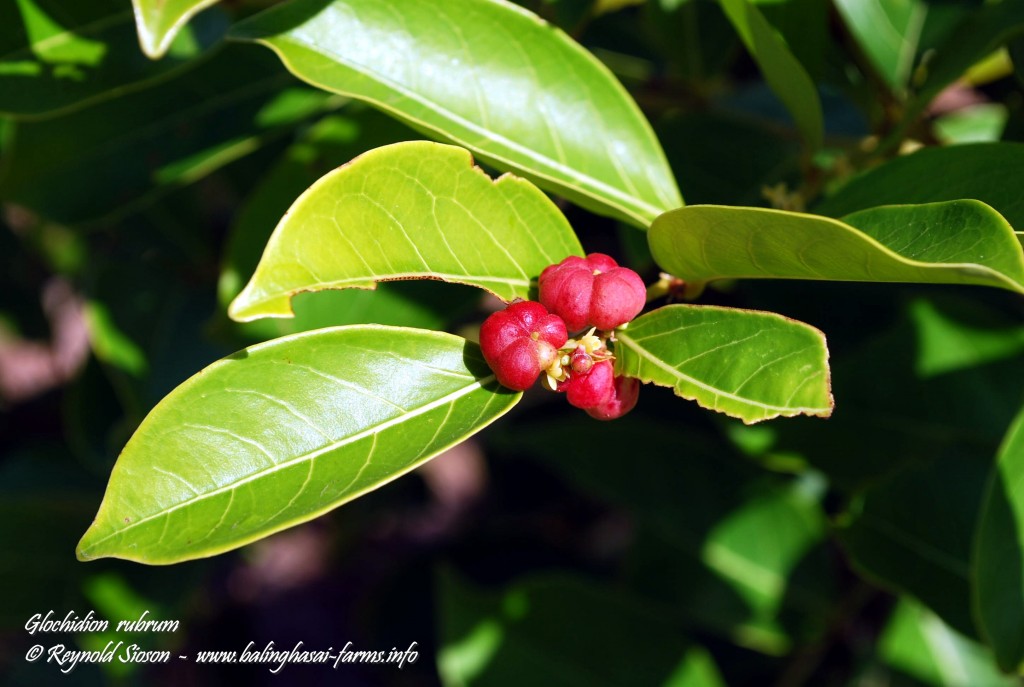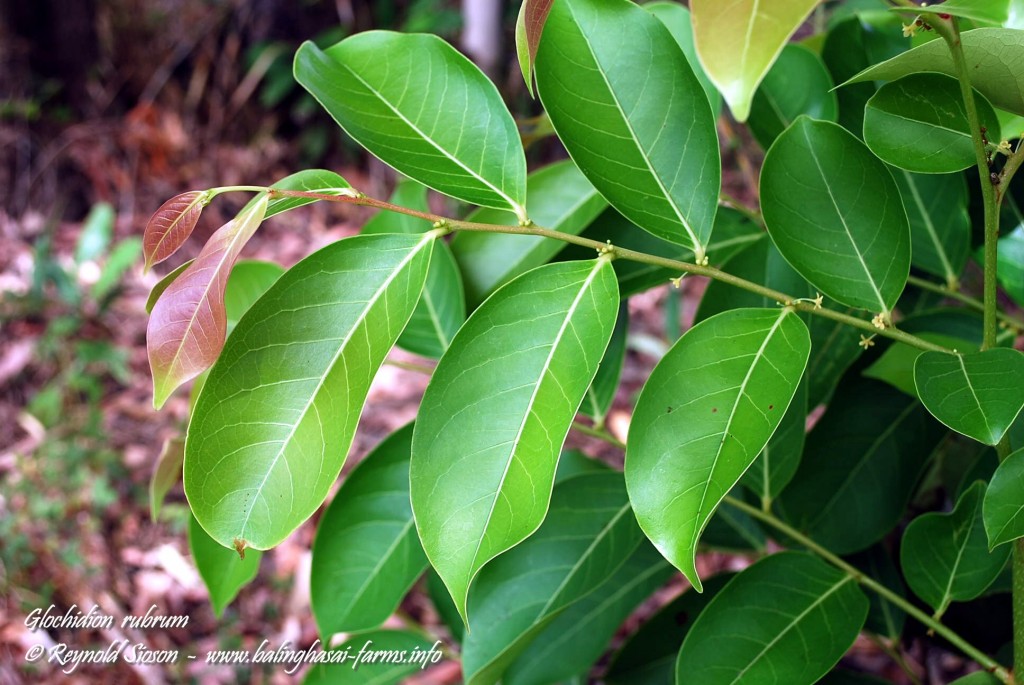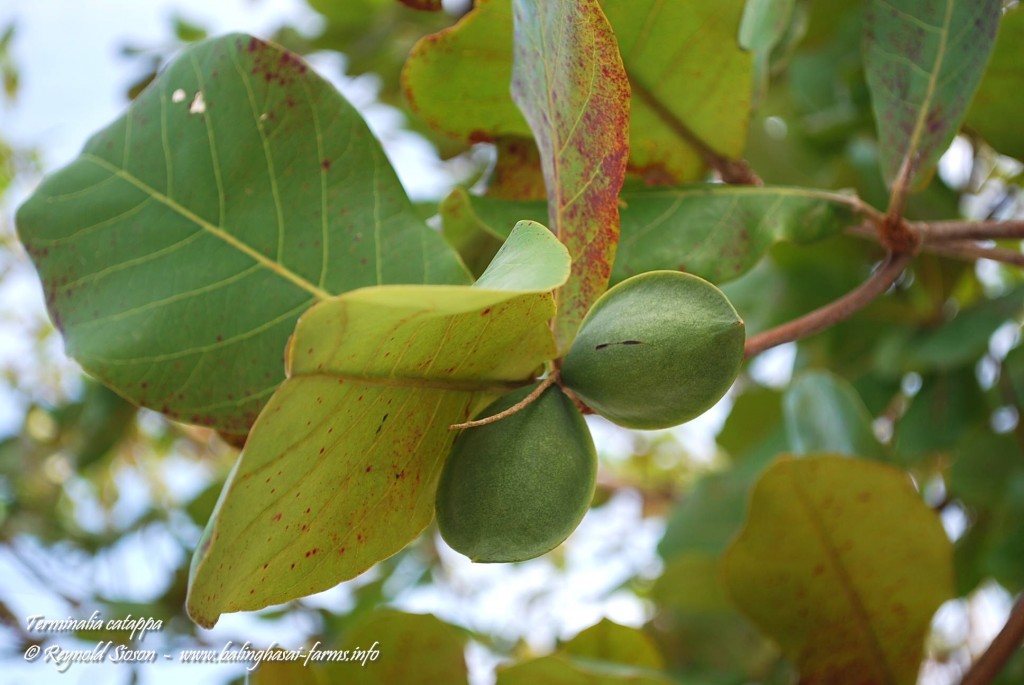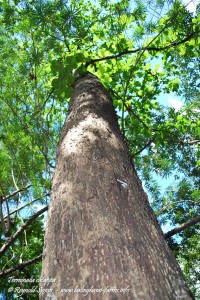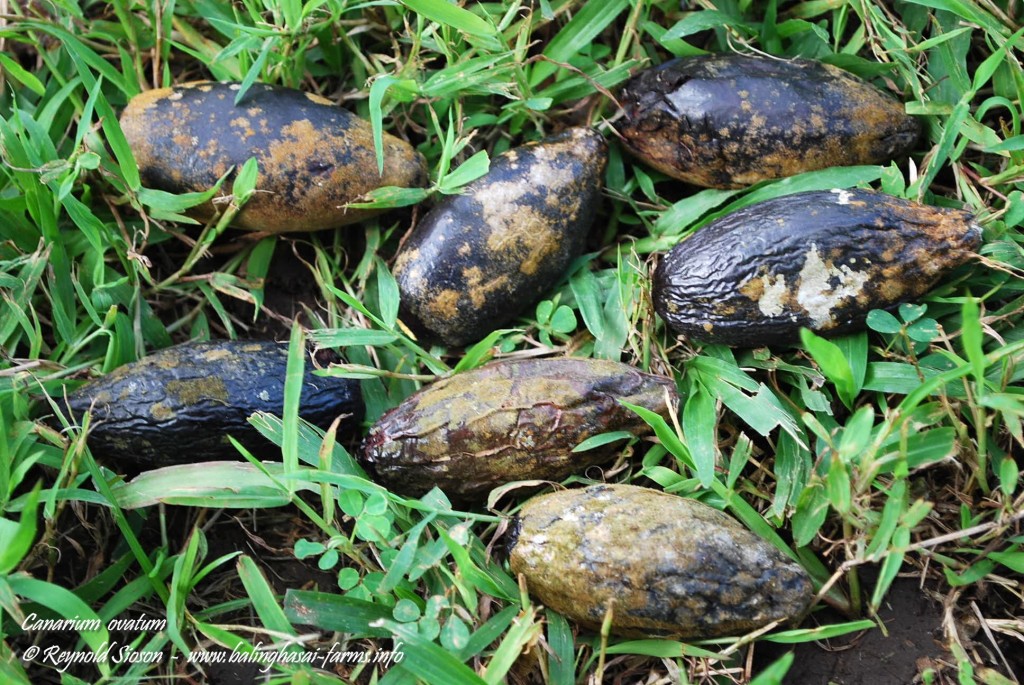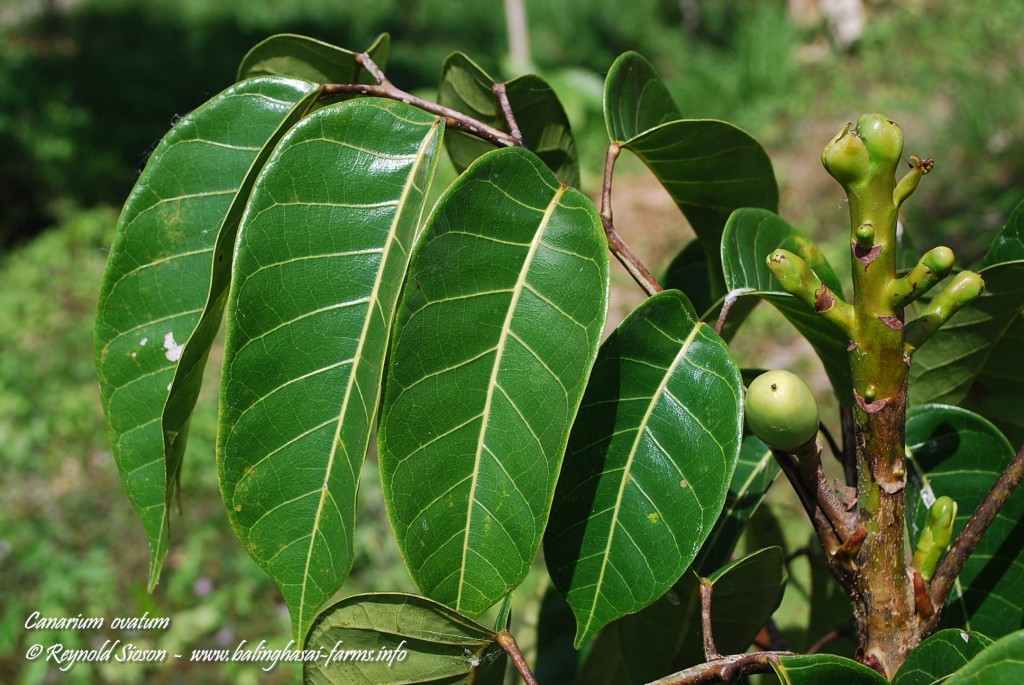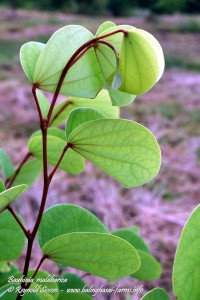 In our part of the world, August until November is that much-awaited time to collect the edible newly sprouting leaves of the native Alibangbang trees (Bauhinia malabarica). Bulakenyos, especially us who are from the town of old San Miguel, are particularly fond of using this butterfly-looking leaves as a flavoring, notably, for cooking beef shanks (Sinigang na pata ng Baka sa Alibangbang) and chicken (Inalibangbangang Manok). Our friends from Manila have been regularly requesting for Alibangbang leaves and even seedlings after knowing that we have a few wild trees growing in the farm. Our Alibangbang trees are not really remarkable to look at but they are always an attraction to visitors who often have a childhood memory of this tree. Sometimes, we also wrap some fresh leaves to give as gifts when visiting friends or relatives.
In our part of the world, August until November is that much-awaited time to collect the edible newly sprouting leaves of the native Alibangbang trees (Bauhinia malabarica). Bulakenyos, especially us who are from the town of old San Miguel, are particularly fond of using this butterfly-looking leaves as a flavoring, notably, for cooking beef shanks (Sinigang na pata ng Baka sa Alibangbang) and chicken (Inalibangbangang Manok). Our friends from Manila have been regularly requesting for Alibangbang leaves and even seedlings after knowing that we have a few wild trees growing in the farm. Our Alibangbang trees are not really remarkable to look at but they are always an attraction to visitors who often have a childhood memory of this tree. Sometimes, we also wrap some fresh leaves to give as gifts when visiting friends or relatives.
This species must not be confused with other tree Bauhinias that exhibit the same leaf shape but has large, often brightly colored, orchid-like flowers. (630)
